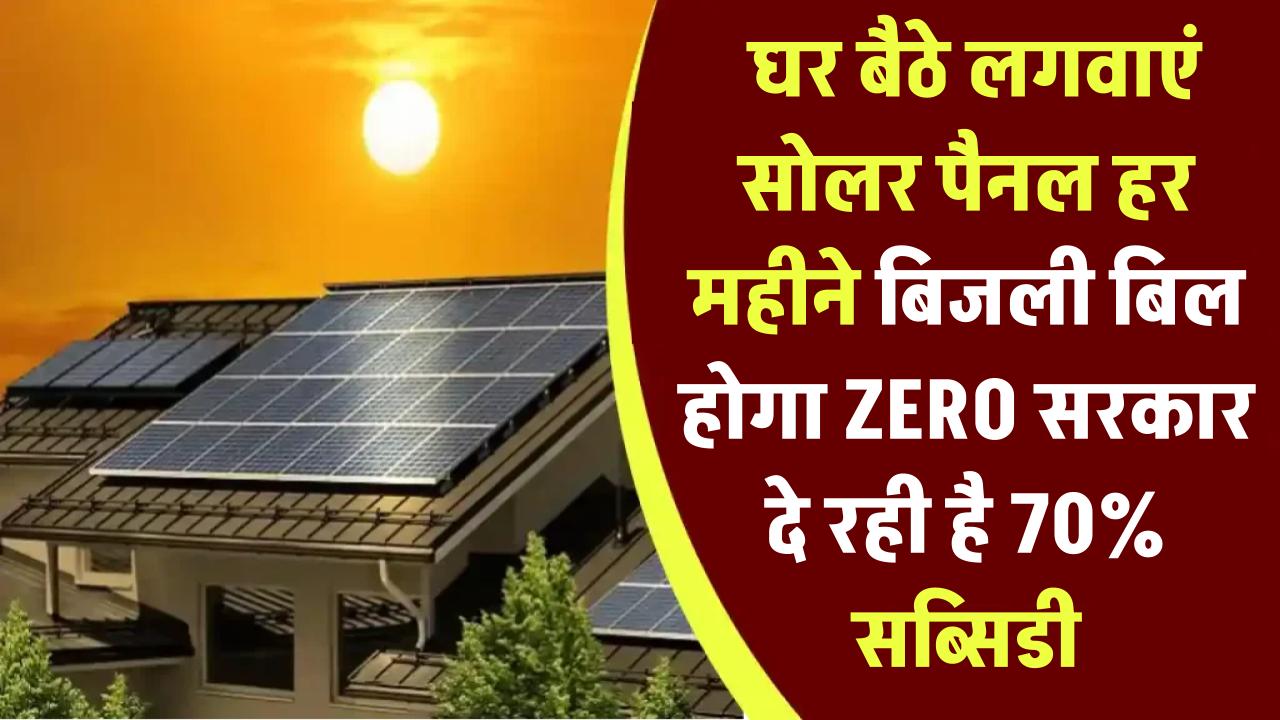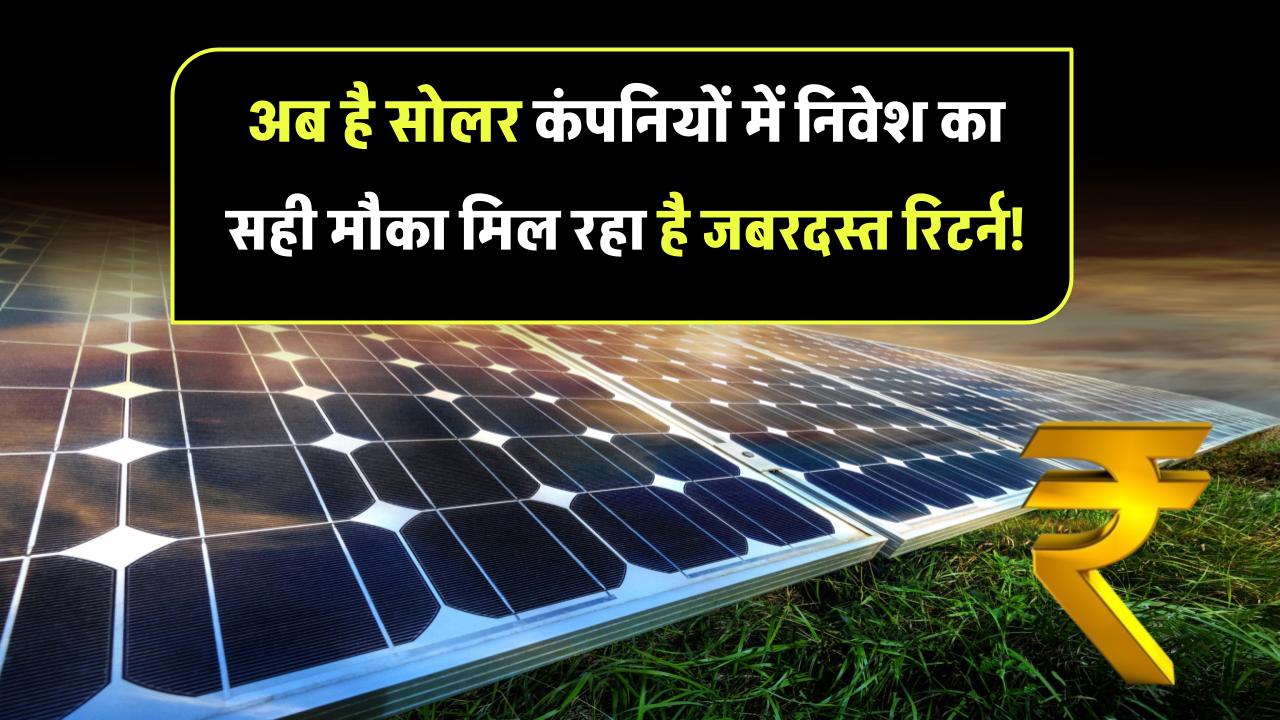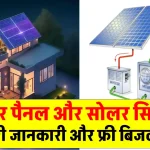
Eastman Auto & Power Ltd. (EAPL), one of India’s prominent renewable energy and power storage companies, has set an ambitious revenue target of ₹7,000 crore for FY26, a sharp rise from the ₹4,350 crore it posted in FY25. A significant chunk of this growth is expected to come from the rooftop solar energy market, largely fueled by the PM Surya Ghar Muft Bijli Yojana, the Indian government’s flagship scheme to promote solar energy adoption in households.
Shekhar Singal, Managing Director of Eastman Auto & Power, emphasized the company’s bullish stance on clean energy, stating that they expect solar revenues alone to contribute ₹2,500-₹3,000 crore in FY25. The company’s growth strategy heavily leans into solar innovation, expanding manufacturing capabilities, and international expansion.
What Is Driving Eastman’s Growth Ambition?
Government-Backed Rooftop Solar Scheme
The major driver behind Eastman’s ambitious revenue push is the PM Surya Ghar Muft Bijli Yojana. Launched to promote residential rooftop solar systems, the scheme offers subsidies and incentives for households to install solar panels, especially in urban and semi-urban India.
This policy not only helps citizens save on electricity bills but also opens a huge market for solar companies like Eastman. With the government targeting 10 million households under this program, the opportunity is massive.
Eastman aims to leverage this by aggressively expanding its solar rooftop offerings, including integrated solutions such as:
- Hybrid solar inverters
- Lithium battery combos
- Smart energy management systems
Expanding Product Portfolio
EAPL is also focusing on solar product innovation to stay ahead of the competition. The company recently launched a new line of hybrid inverters and lithium battery packs to serve both residential and commercial users.
These products are designed to offer seamless energy backup and greater efficiency. As energy demands shift toward reliability and self-sufficiency, Eastman’s offerings align perfectly with market needs.
Scaling Up Capacity
One of the standout elements of Eastman’s roadmap is its plan to increase its manufacturing capacity from 11 GW in FY25 to over 16 GW by FY26. By FY28, the company aims to reach a total installed capacity of 34 GW.
This expansion will help Eastman meet rising domestic demand and also supply international markets more effectively.
Capital Investment & R&D
To support its growth, Eastman has earmarked ₹700 to ₹1,000 crore over the next three years for capital expenditure. This investment will go into:
- Rooftop solar R&D
- Expanding lithium-ion battery production
- Technology upgrades in manufacturing
Such forward-thinking investments are crucial for maintaining a competitive edge in the fast-evolving clean tech landscape.
Global Market Strategy
With a presence in over 50 countries, Eastman is now eyeing solar exports to the U.S.. Given the increasing demand for cost-effective and high-performance solar equipment in North America, Eastman believes Indian-made components could find a strong foothold.
The U.S. market offers not only scale but also margins that justify high-quality innovation. The company’s strategy involves:
- Building channel partnerships in the U.S.
- Leveraging India’s production-linked incentive (PLI) scheme
- Offering tailored solar + storage solutions for export
Focus on Job Creation and Training
An often-overlooked benefit of rapid solar expansion is employment generation. Eastman has plans to collaborate with skill development centers and vocational institutes to train thousands of youth in:
- Solar installation techniques
- System maintenance
- Customer support services
This workforce strategy is not only aimed at filling internal talent gaps but also helping India develop a robust clean energy labor force.
Digital Solar Solutions and Smart Monitoring
To attract digitally-savvy consumers, Eastman is rolling out mobile apps and cloud-based platforms that allow users to:
- Monitor real-time energy generation
- Track savings
- Request service assistance
By adding digital convenience to green energy, Eastman is strengthening user engagement and improving retention.
Why This Matters for the Indian Solar Industry
India’s solar industry has long struggled with issues like policy uncertainty, inconsistent subsidies, and low-quality imports. Companies like Eastman stepping up with clear strategies, investment, and international ambitions can lead the shift toward a more resilient and self-reliant solar sector.
With over 60% of India’s power still coming from fossil fuels, this transition is critical. The government’s aim to reach 500 GW of non-fossil capacity by 2030 will require strong industry participation.
Eastman’s FY26 revenue target and the strategy behind it could serve as a blueprint for other solar companies to emulate.
Challenges Ahead
Of course, such a rapid expansion is not without hurdles. Some of the challenges Eastman and the industry at large may face include:
- Raw material shortages, especially lithium
- Grid infrastructure limitations in rural areas
- High customer acquisition costs for rooftop systems
- Need for standardized installation and maintenance protocols
- Skilled labor gaps for complex system installations
- Consumer awareness and resistance to upfront investment
The company’s success will depend on its ability to navigate these issues while staying cost-effective and quality-driven.
Should You Buy First Solar or Enphase Energy? Side-by-Side Comparison
How Green Energy Policies in Europe Are Fueling Solar Stock Growth
(FAQs)
What is PM Surya Ghar Muft Bijli Yojana?
This is a central government scheme that provides subsidies and support for residential rooftop solar panel installations across India.
How much revenue does Eastman expect from solar in FY25?
Eastman projects solar revenues to reach ₹2,500 to ₹3,000 crore in FY25.
What products does Eastman offer under solar solutions?
Eastman offers rooftop solar panels, hybrid inverters, lithium battery packs, and integrated energy systems for homes and businesses.
Is Eastman expanding internationally?
Yes, Eastman is already present in over 50 countries and is now targeting solar exports to the U.S. and other developed markets.
How much is Eastman investing for future growth?
The company plans to invest ₹700 to ₹1,000 crore over three years to scale production and innovation.








